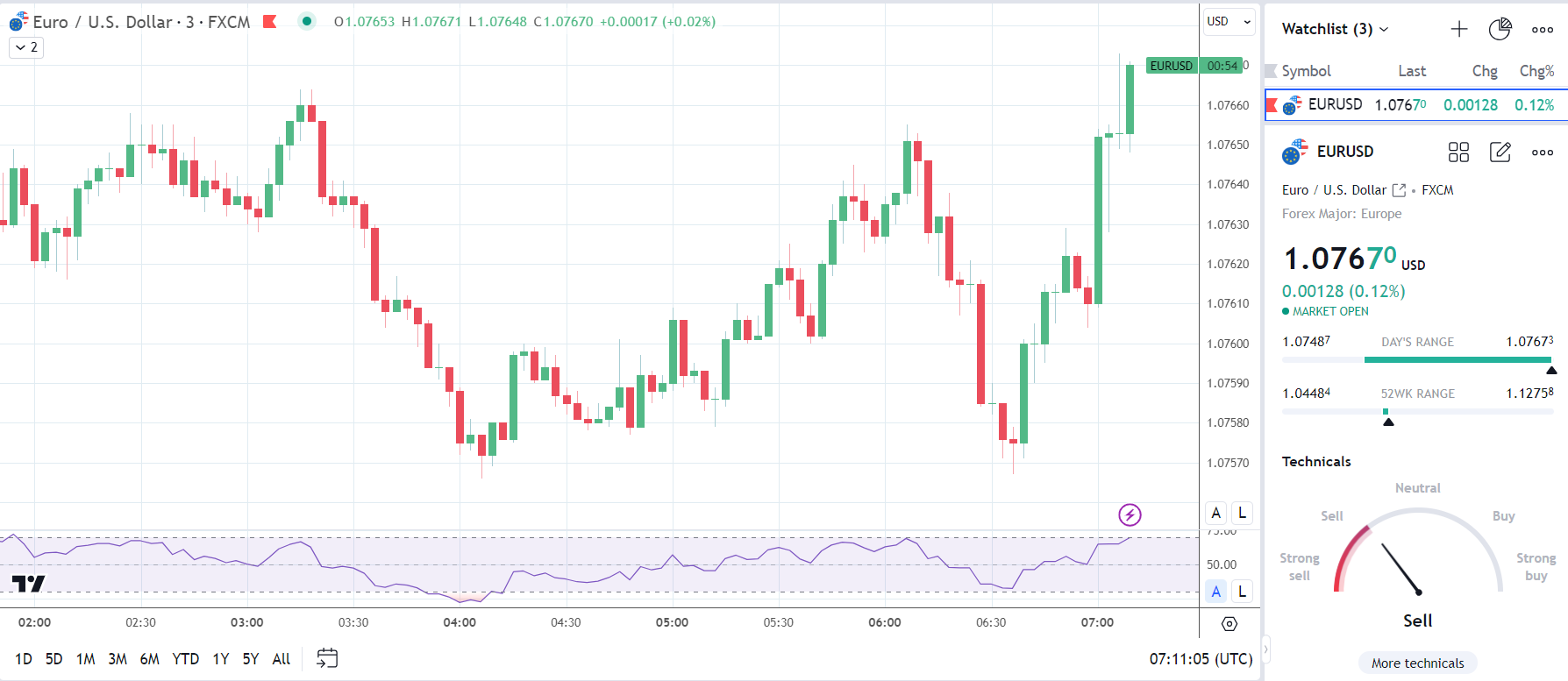
German industrial production declined more than anticipated in December. Nevertheless, the impact on the EUR/USD was tempered by the recent German factory orders.
In December, German industrial production saw a decline of 1.6%, following a 0.2% drop in November. Economists' predictions of a 0.4% decrease were surpassed. Year-over-year comparisons revealed a 3.13% decrease in December, down from 4.37% in November.
Economic indicators suggest the likelihood of a Q1 2024 economic recession in Germany. Despite an unexpected 8.9% increase in German factory orders in December, German trade data indicated a significant decline in the demand environment. January PMI figures displayed a contraction within the private sector, with concerns mounting over the potential impact of the German economy on the Eurozone. The weaker-than-expected data has heightened expectations of an ECB rate cut in April.
Prior to the release of the German industrial production data, the EUR/USD fluctuated between a low of $1.07487 and a high of $1.07664. Following the data, the currency pair experienced a decrease to a low of $1.07609 before rising to a high of $1.07673. At the close of Wednesday's session, the EUR/USD experienced a 0.12% increase, reaching $1.07670.

070224 EURUSD 3 Minute Chart
On Wednesday, market focus will be on French trade and employment data, as well as retail sales figures from Italy. Additionally, US trade data will be of interest. Central bank commentary, particularly from FOMC members Adriana Kugler, Thomas Barkin, and Susan Collins, is expected to influence market expectations concerning a potential Fed rate cut in May.

Subscribe to our daily newsletter and get the best forex trading information and markets status updates
Trade within minutes!
Comment (0)